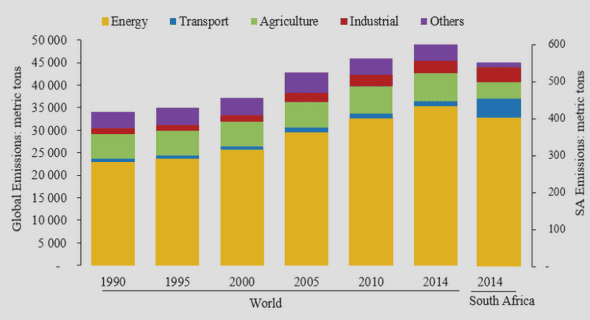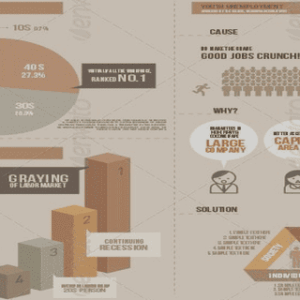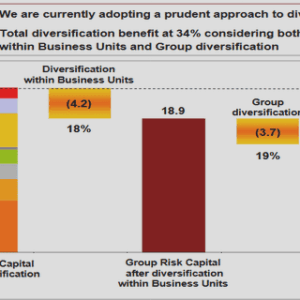(Downloads - 0)
For more info about our services contact : help@bestpfe.com
Table of contents
Introduction
1 Public innovation policy evaluation: theoretical and empirical literature
1.1 Introduction
1.2 The economy of innovation
1.2.1 Denition of innovation
1.2.2 Innovation and growth
1.2.3 Innovation and rms
1.2.4 Geography of innovation and knowledge spillovers
1.2.5 Indicators and measures of innovation
1.3 Rationales and instruments for public innovation policies
1.3.1 Rationales for public innovation policies
1.3.1.1 Markets failures related to spillovers
1.3.1.2 Other specic markets failures
1.3.1.3 Failures related to the innovation system
1.3.2 Innovation policies instruments
1.3.2.1 R&D direct subsidies (grants or funds)
1.3.2.2 R&D tax incentives
1.3.2.3 Collaborative R&D and innovation policies
1.3.3 Possible ineciency and risks of public intervention
1.4 Econometric evaluation of innovation policies
1.4.1 Evaluation challenges, counterfactual and selection bias
1.4.2 Econometric models
1.5 Empirical evidence of public innovation policies
1.5.1 Impacts of R&D subsidies on private R&D and innovation
1.5.2 Impacts of R&D tax incentives on rms innovation
1.5.3 Impacts of cluster policies on rms innovation
1.6 Concluding remarks
2 Evidence on the impact of the 5th and 6th Framework Programmes on regional innovation
2.1 Introduction
2.2 The EU Framework Programmes policy
2.2.1 The Fifth Framework Programme
2.2.2 The Sixth Framework Programme
2.3 Related literature
2.4 Methodology
2.4.1 The knowledge production function
2.4.2 The Cobb-Douglas production function
2.4.3 The translog production function
2.4.4 The econometric specication: a random trend model
2.5 Data
2.5.1 Sources and variables
2.5.2 Descriptive statistics
2.6 Results
2.6.1 Results with the Cobb-Douglas function
2.6.2 Results with the translog function
2.7 Conclusion
2.8 Appendices Chapter 2
2.8.1 Descriptive statistics by country
2.8.2 Tables of estimation results
2.8.3 Calculated Elasticities
3 Assessing the impacts of the French competitiveness clusters policy on SMEs’ Performance
3.1 Introduction
3.2 The French competitiveness clusters policy
3.2.1 Denition and implementation of the policy
3.2.2 Funding and budgets of the French policy mix
3.2.2.1 Direct subsidies
3.2.2.2 Indirect subsidies
3.3 Related literature
3.3.1 Eects of the clusters policy on input additionality
3.3.2 Eects of the clusters policy on output additionality
3.4 Methodology
3.4.1 Quasi-experimental design
3.4.2 Econometric strategy
3.5 Data
3.5.1 Data sources and variables
3.5.2 Descriptive statistics
3.6 Results
3.6.1 Estimated propensities to participate in the policy
3.6.2 Balancing rms’ characteristics before/after matching
3.6.3 Average treatment eects of the policy on rms’ outcomes
3.6.3.1 Eects on innovation input additionality
3.6.3.2 Eects on output additionality
3.6.4 Sensitivity analysis
3.7 Conclusion
3.8 Appendices Chapter 3
3.8.1 Literature review
3.8.2 Descriptive statistics
4 Impacts of the competitiveness clusters policy on midsized and large rms’ performance
4.1 Introduction
4.2 Data
4.2.1 Data sources and variables
4.2.2 Descriptive statistics
4.2.2.1 Sample structure: ETIs and large rms
4.2.2.2 Dierences between treated and nontreated rms
4.2.2.3 Heterogeneity according to type of cluster
4.2.2.4 Dierences in the number of years a rm participated
4.3 Econometric strategy
4.3.1 The two-way xed eects model
4.3.2 Modeling the heterogeneity of the policy eects
4.3.3 Testing the validity of the model
4.4 Results
4.4.1 Eects on innovation and economic performance
4.4.1.1 Mixed eects on innovation input and output additionality
4.4.1.2 Strong positive eects on employment
4.4.1.3 Mixed eects on economic performance
4.4.2 Heterogeneity of eects
4.4.2.1 Heterogeneity of eects according to type of cluster
4.4.2.2 Heterogeneity of eects over years
4.5 Conclusion
4.6 Appendices Chapter 4
4.6.1 Descriptive statistics
4.6.2 Typology of competitiveness clusters
4.6.3 Estimation tables without control variables
Conclusions and discussion
List of gures
List of tables
Bibliography


